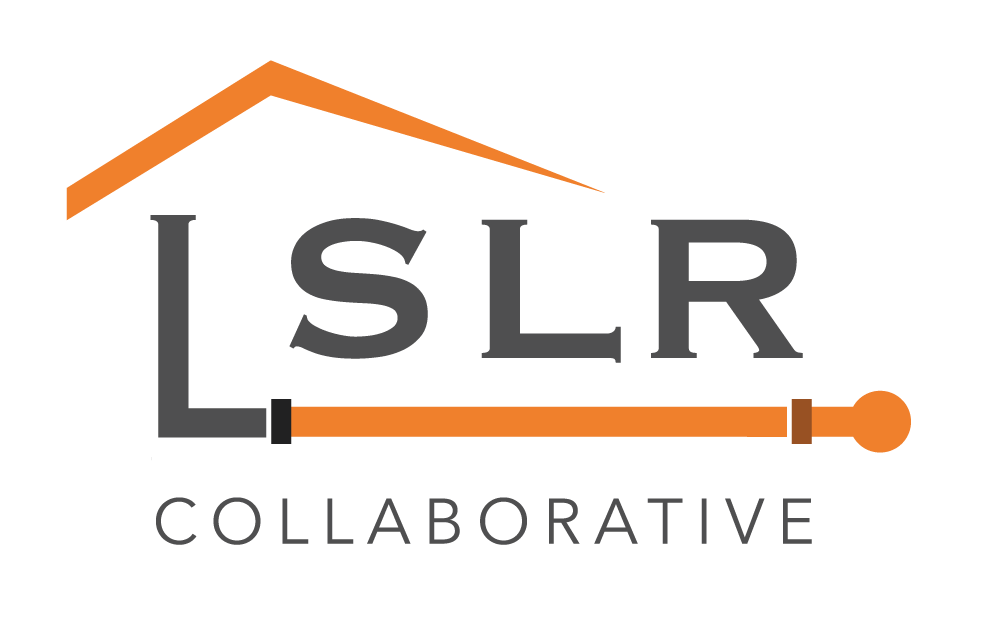|
MPR News See the original article It would cost more than $4 billion to get the lead out of Minnesota's drinking water, but it could bring a 2-for-1 return on the investment. That's the chief finding of a new report by the Minnesota Health Department in conjunction with the University of Minnesota. It's the first time health officials have put a price tag on the two most expensive parts of the undertaking: removing 100,000 lead service pipes run into Minnesota homes decades ago, and removing plumbing and fixtures in homes that contain lead. Environmental Protection Agency studies from 2008 indicate lead service lines contribute about half to the lead contamination in drinking water from public water systems.
"As we see in many other areas of public health, preventing a health problem is more cost effective than waiting for a health problem to develop and then treating it," Minnesota Health Commissioner Jan Malcolm said in a statement that accompanied the report released Thursday. Malcolm saw parallels to the nation's efforts to purge lead from paint and gasoline. "We've very successfully dealt with these largest threats to lead exposure in our population, although some work does remain," she told reporters. "We see this report on lead in drinking water as an important next step in that decades long public health effort to eliminate this very significant health risk." The study looked at a 20-year time frame for the abatement effort and its resulting benefits. It was ordered by the Legislature in the wake of the scandal in Flint, Mich., where the city's water supply became tainted with lead. Children would be key to the value of cleaning up lead in Minnesota, according to the report. Eliminating the effect of lead in childhood brain development would result in better productivity, increased earnings and taxes paid by as much as $8 billion, researchers estimated. Lead abatement, they added, would also help close racial and income disparities posed by lead contamination in drinking water. Lucia Levers, an environmentalist and economist at the University of Minnesota who worked on the report, said researchers were conservative in estimating the potential benefits. "These do not account for any other effects, for children or adults, nor do they account for any potential increases in deviant behavior, nor do they account for any equity concerns associated with lead in drinking water," Levers said. "As such, those benefit estimates that we've provided are really a minimum value, and the true benefit to the state of Minnesota is likely higher." There isn't any plan to actually start these efforts soon, as the report didn't identify a funding source. There are limited federal grant funds that have been put into revolving loans cities can use to subsidize lead pipe removal projects. Malcolm said the Walz administration was proposing a slight increase in water connection fees to help fund technical assistance to local water systems. The Health Department is "not advocating for a specific course of action with this report. It's not a policy position paper or proposal," Malcolm said. "We view this report as a road map. If we want to get the lead out, the report describes some routes to get us there, and the resources it will take." See the original article. Comments are closed.
|
Have a suggestion for an article or blog to add?
Let us know! Type
All
Date
April 2023
|


 RSS Feed
RSS Feed